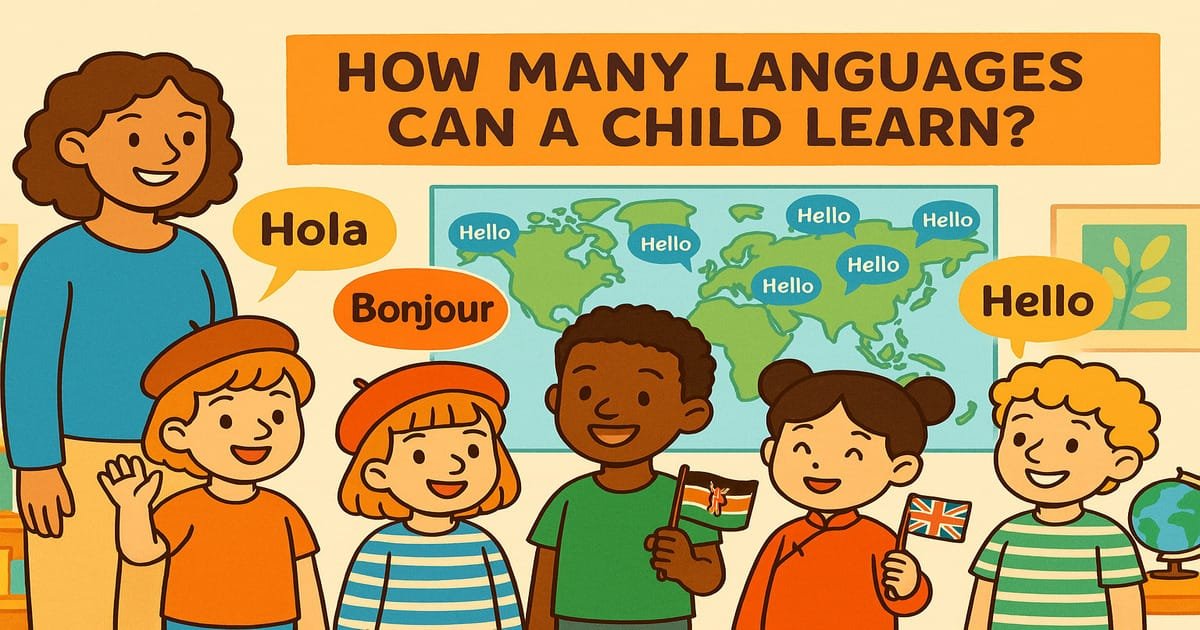Teaching a child to read is a valuable skill that sets the foundation for their educational journey. As parents and educators, we want to provide the best learning opportunities for our children, but it can be costly. However, with this free guide, you can discover effective and budget-friendly strategies to teach a child to read.
By utilizing free reading resources and implementing proven techniques, you can help your child develop strong reading skills and foster a love for learning. In this guide, we will provide step-by-step instructions and expert tips on how to teach a child to read for free.
Let’s dive into the world of reading and unlock the potential for your child’s bright future!
Key Takeaways:
- Teaching a child to read for free is possible with the right strategies and resources.
- Utilize free reading resources to enhance your child’s learning experience.
- Incorporate engaging activities to develop pre-reading behaviors.
- Focus on letter recognition and blending sounds to build foundational skills.
- Introduce sight words and word families to expand reading abilities.
Importance of Pre-Reading Behaviors
Before diving into teaching a child to read, it is important to focus on developing pre-reading behaviors that lay the foundation for reading. These behaviors include:
- Awareness of Print: Help your child recognize that print is all around them, from street signs to books. Point out words and letters in their environment and discuss their meanings.
- Sound Manipulation Games: Engage your child in activities that involve manipulating sounds, such as rhyming games or identifying beginning sounds in words. These games help develop phonemic awareness, which is essential for reading.
- Concepts about Print: Teach your child about the basic rules of reading, such as the directionality of text (left to right, top to bottom) and the function of punctuation marks.
- Sound Discrimination: Encourage your child to listen carefully and distinguish between different sounds in words. This skill will later help them in decoding and reading fluency.
By incorporating these activities into your daily routine and reading aloud to your child, you can help them develop a strong foundation for reading and spark their interest in books.
“Children who have developed pre-reading behaviors are more likely to become successful readers.” – Dr. Jane Marrow
| Benefits of Pre-Reading Behaviors | Ways to Develop Pre-Reading Behaviors |
|---|---|
| Enhanced phonemic awareness Improved vocabulary skills Greater comprehension abilities | Read aloud to your child daily Play sound and rhyming games Point out print in the environment |
Learning Letters and Blending Sounds
The next step in teaching a child to read is learning letters and blending sounds. This fundamental stage helps children develop phonemic awareness and decode words. Here are some effective strategies to facilitate their phonics journey:
1. Introduce the Alphabet:
Introduce the alphabet to your child in a meaningful and engaging way. Focus on both letter identification and the sound associated with each letter. Use interactive tools, such as colorful flashcards or alphabet puzzles, to make learning exciting.
2. Multi-sensory Techniques:
Enhance letter recognition by incorporating multi-sensory techniques. Encourage your child to participate in activities like clay modeling or finger tracing to create a tactile connection with letters. The use of different senses helps reinforce learning and memory retention.
3. Blending Sounds:
Once your child has a grasp of letter sounds, begin practicing blending them together to form simple words. Encourage them to sound out each letter and then blend those sounds to read the whole word. Provide ample opportunities for practice, such as reading short stories or engaging in word-building activities.
4. Introduce Sight Words:
Besides phonetic reading, it’s essential to introduce sight words to your child. Sight words are commonly used words that may not follow phonetic rules. Incorporate flashcards or patterned texts to help your child recognize and read these words effortlessly.
Incorporating these strategies into your reading routine and providing a supportive learning environment will help your child develop strong phonics skills. Remember, every child learns at their own pace, so be patient and encouraging throughout their reading journey.
| Benefits of Learning Letters and Blending Sounds | Effective Strategies for Teaching |
|---|---|
| 1. Develops phonemic awareness | 1. Introduce the alphabet in an engaging way |
| 2. Enhances reading fluency | 2. Utilize multi-sensory techniques for letter recognition |
| 3. Builds decoding skills | 3. Practice blending sounds to form simple words |
| 4. Expands reading vocabulary | 4. Introduce sight words through flashcards or patterned texts |
Word Families and Phonics Skills

Word families and phonics skills are essential components of a child’s reading journey. By introducing word families, children can develop the ability to read similar words within a family. For instance, if they can read “man,” they can also read “pan” and “tan.” This approach not only enhances their reading fluency but also boosts their confidence in decoding new words.
In addition to word families, it is crucial to continue building phonics skills. Teach children blends, digraphs, and glued sounds, which enable them to decode unfamiliar words and expand their reading vocabulary. These phonics skills provide the foundation for strong reading comprehension and enable children to tackle more challenging texts.
To support your child’s learning, take advantage of the numerous resources available for teaching reading skills at no cost. Online reading programs offer interactive activities, games, and lessons that make learning engaging and fun. These programs provide a structured curriculum that covers various reading skills, including word families and phonics. Incorporating these resources into your child’s learning routine can reinforce their understanding and mastery of reading skills.
A strong foundation in word families and phonics skills empowers children to become confident readers and opens doors to a lifelong love of learning.
Example of Word Family Activities
Here are some activities you can try with your child to reinforce word families:
- Word Family House: Create a chart with different word families on each “room” of the house. Have your child write or draw words that belong to each family in the corresponding room.
- Word Family Sort: Provide your child with a set of word cards from different word families. Ask them to sort the words into their respective families.
- Rhyming Bingo: Play a rhyming word bingo game with your child, using words from various word families.
These activities encourage children to identify patterns in words, strengthen their phonics skills, and enhance their reading abilities.
| Benefits of Word Families and Phonics Skills | Examples |
|---|---|
| Improves reading fluency and accuracy | Reading word families like -at, -et, -it, -ot, -ut |
| Expands vocabulary and word recognition | Understanding blends like “bl”, “cl”, “dr” |
| Enhances decoding skills for unfamiliar words | Learning digraphs like “ch”, “sh”, “th” |
| Builds a strong foundation for reading comprehension | Recognizing glued sounds like “ing”, “ang”, “ung” |
By incorporating word family activities and phonics skills practice into your child’s reading routine and utilizing free online resources, you are equipping them with the necessary tools to become proficient readers.
Conclusion
Teaching a child to read for free is a rewarding journey that can be achieved with the right strategies and resources. By focusing on pre-reading behaviors, such as print awareness and sound discrimination, parents and teachers can lay a strong foundation for reading success. Incorporating fun and engaging activities into daily routines, like reading aloud and playing sound manipulation games, can foster a love for books and learning.
Learning letters and blending sounds is the next step in helping children become confident readers. Utilizing multi-sensory techniques, such as clay modeling and finger tracing, can make letter recognition more enjoyable and effective. Introduce sight words alongside phonics lessons to enhance reading fluency and expand vocabulary.
Word families and phonics skills are essential for developing reading proficiency. By teaching children that similar word patterns can be read together, they gain the confidence to decode new words independently. Online reading programs and free resources can be invaluable in reinforcing these skills and providing additional support.
Patience, consistency, and a focus on making reading enjoyable are key to helping children develop strong reading skills. By embracing the wealth of free resources available and implementing proven strategies, parents and teachers can unlock the joy of reading for young learners, opening up a world of possibilities and lifelong learning.
FAQ
How can I teach my child to read for free?
Teaching a child to read for free is possible by utilizing free reading resources and implementing effective teaching strategies. This guide provides step-by-step instructions on how to teach a child to read for free, including tips and strategies from experts in the field.
What are some pre-reading behaviors that can help lay the foundation for reading?
Pre-reading behaviors that lay the foundation for reading include awareness of print, sound manipulation games, concepts about print, and sound discrimination. By incorporating these activities into your daily routine and reading aloud to your child, you can help them develop a strong foundation for reading and spark their interest in books.
How do I teach my child letters and blending sounds?
Introduce the alphabet in a meaningful and engaging way, focusing on both letter identification and the sound associated with each letter. Utilize multi-sensory techniques such as clay modeling or finger tracing to enhance letter recognition. Once the child has a grasp of letter sounds, begin blending sounds together to form simple words. Additionally, introduce sight words and practice reading them through flashcards or patterned texts.
What role do word families and phonics skills play in teaching reading?
Word families and phonics skills expand a child’s reading abilities. Introduce word families, where children learn that if they can read one word in a family, they can read other similar words. Additionally, continue to build phonics skills by teaching blends, digraphs, and glued sounds. These skills allow children to decode unfamiliar words and expand their reading vocabulary. Take advantage of free online reading programs and resources to supplement your child’s learning.





